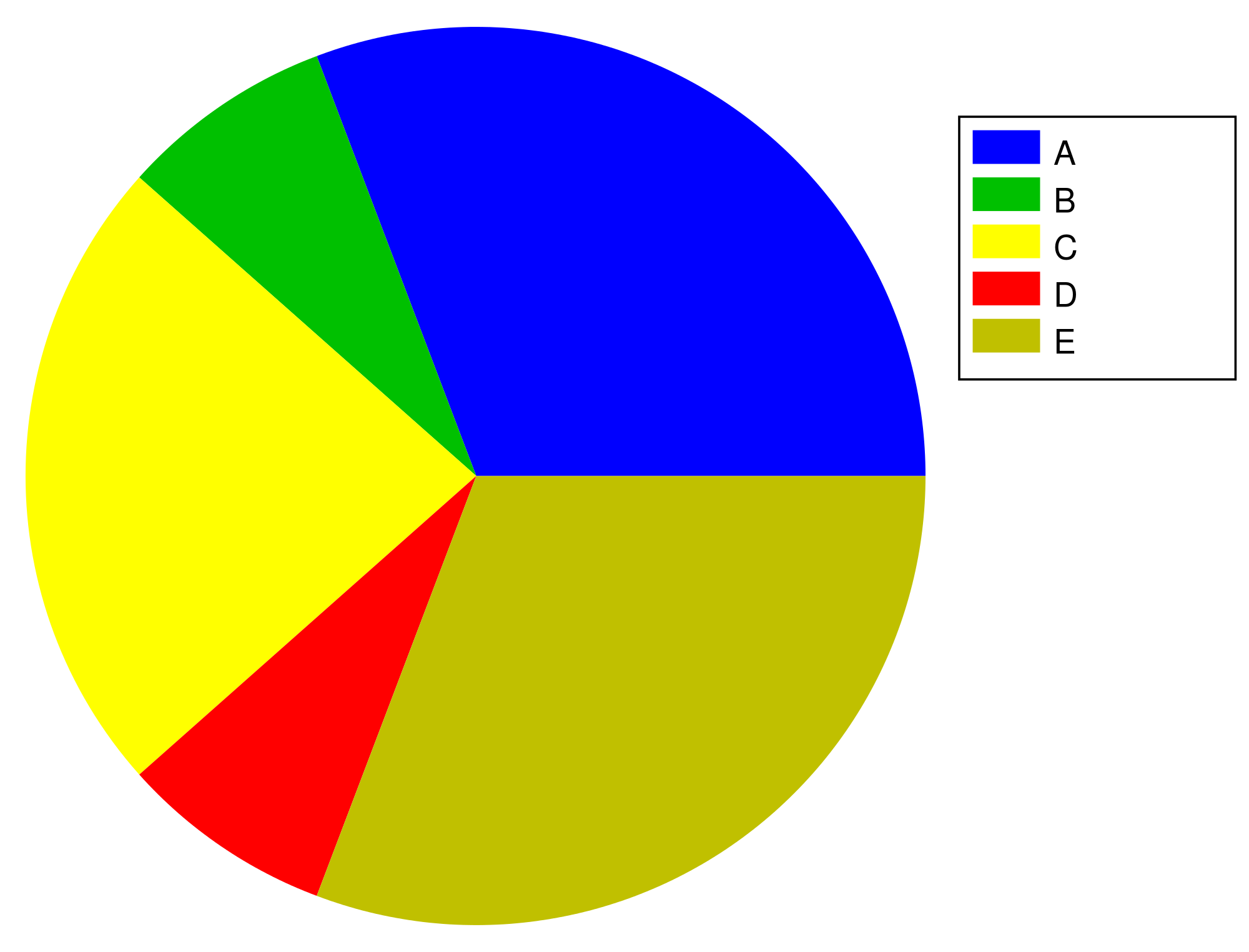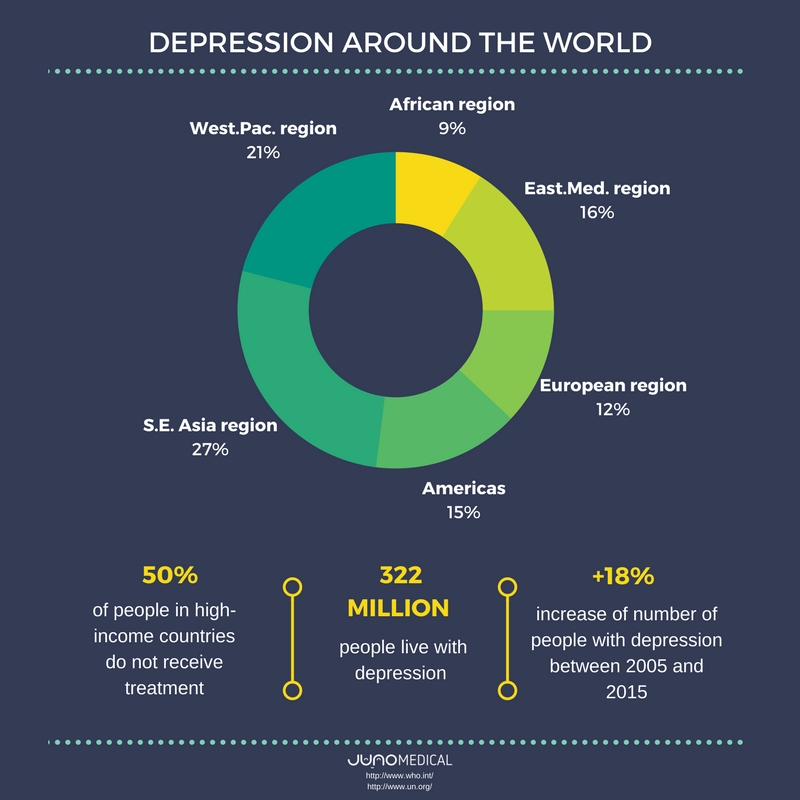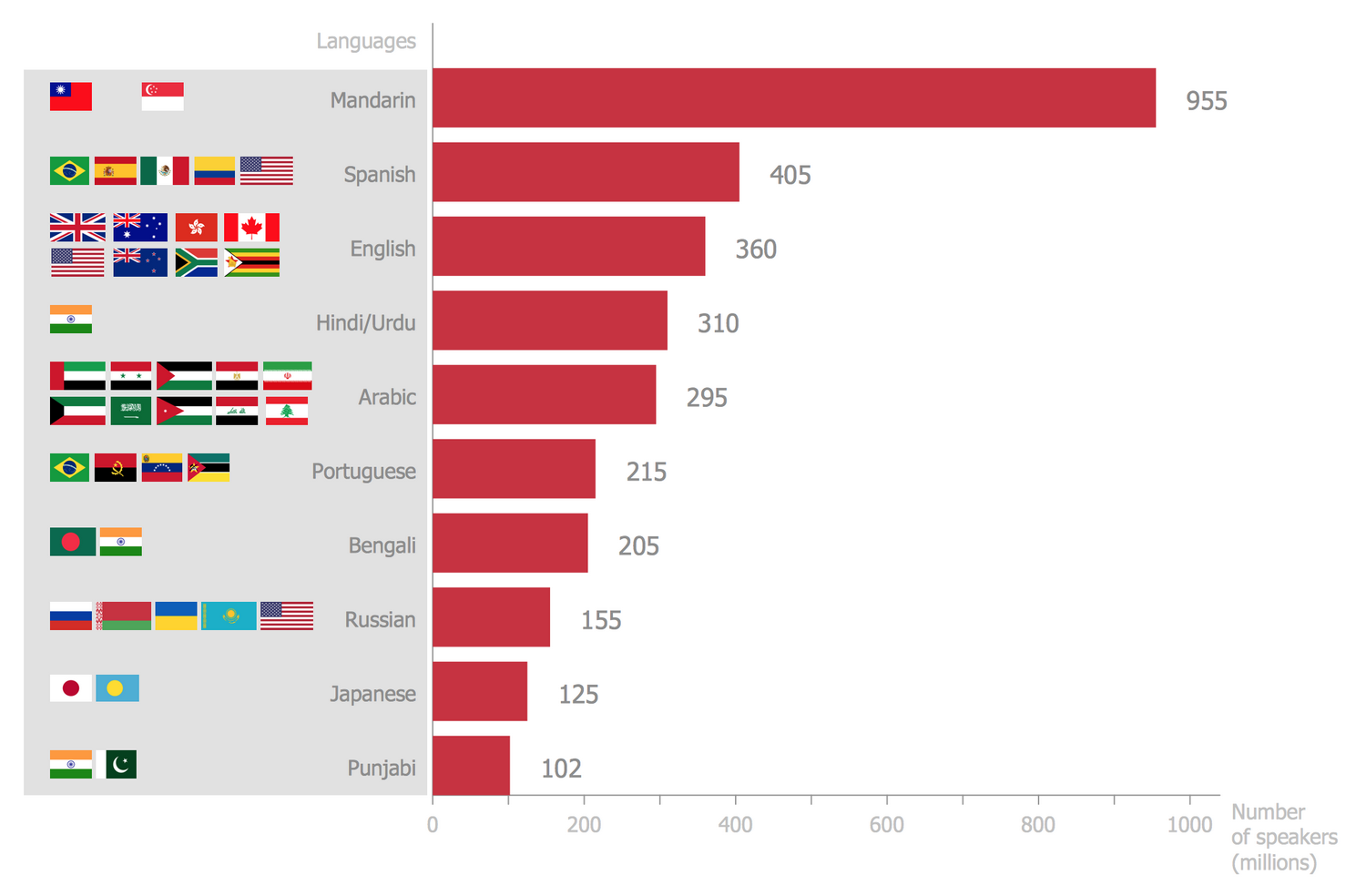Pie chart check pie charts definition formula examples questions
Table of Contents
Table of Contents
A pie chart is a widely used chart in statistics that displays data in a circular form. It is an easy-to-read and versatile chart that can help in making quick comparisons of data. Pie charts can offer insights that would not be apparent in other types of charts.
Pain Points Related to Definition Of Pie Chart In Statistics
Have you ever struggled with presenting data in a way that is easy to understand? Or faced challenges in summarizing large data sets for a presentation or report? Pie charts can help you overcome these challenges.
What is a Pie Chart in Statistics?
A pie chart is a circular chart that shows the data in sectors, where each sector represents a proportionate part of the whole. The data is represented as “slices of pie,” where the size of each slice is proportional to the quantity it represents. Although pie charts are most commonly used to show percentages, they can also be used to represent other measures such as angles or areas.
Main Points Related to Definition Of Pie Chart In Statistics
Pie charts are widely used in statistics to represent data in a way that is easy to understand. They work best when the data set is relatively small, and it is essential to show proportions and comparisons. When creating a pie chart, it is important to ensure that the colors used correspond to the information they represent and that the chart is easy to read and understand.
Target of Pie Chart Definition In Statistics: Breaking Down Complex Data
At the core of the pie chart is its ability to break down complex data into visually digestible information. When it comes to data-heavy presentations, pie charts can help in communicating the main takeaways quickly and effectively. They can also be used to showcase a pattern or trend in a visual way that allows a viewer to take in a large amount of information swiftly.
The Importance of Proper Usage
When it comes to pie charts, it is essential to use them appropriately to convey the data effectively. Misuse of pie charts, such as using too many slices or having slices that are too similar in size, can make it difficult for viewers to understand the chart’s message. In some cases, a different type of chart may be better suited to display the data.
How to Create a Pie Chart
To create a pie chart, you need accurate numerical data. You can use software like Microsoft Excel, Google Sheets, or any other data visualization tool to create a pie chart. Before creating the chart, it is essential to select the appropriate type of chart that can best represent the data you have. Once you have created the chart, make sure to label it correctly and ensure that each slice represents the correct information.
The Pros and Cons of Pie Charts
While pie charts are an effective way to show small sets of data and communicate a message, they also have their downsides. Pie charts can be challenging to understand when too many slices have similar values, making it difficult for viewers to perceive the data’s differences. Additionally, pie charts can be challenging to create accurately, and choosing the wrong colors can make them less effective.
Pie Chart Example In Real Life
As a graphic designer, I once had a project where I had to create a chart to represent unique visitors to a website. I chose a pie chart as they are simple to create and are effective at breaking down data. I used bold colors to represent the different areas of data, and the client was thrilled with the end product.
Questions and Answers About Definition Of Pie Chart In Statistics
1. When is it appropriate to use a pie chart?
A pie chart is best used when presenting simple data sets, where it is essential to show proportions and comparisons.
2. What are the limitations of using a pie chart?
The primary limitation of pie charts is the difficulty in perceiving the differences in a slice where the values are too similar. Additionally, they can be tough to create accurately, and choosing the wrong colors can make them less effective.
3. What are the alternatives to using a pie chart?
Alternatives to pie charts include bar charts, line charts, or scatter plots, depending on the type of data you are trying to represent.
4. Can you add labels to pie charts?
Yes, you can add labels to pie charts to identify each slice and what it represents. It is important to ensure that the labels correspond to the color they represent.
Conclusion of Definition Of Pie Chart In Statistics
While pie charts have limitations, they are an effective way to visually represent simple data sets and communicate a message. When used correctly, pie charts can help bring attention to important information and highlight differences in data. When creating a pie chart, make sure to choose colors that represent the data accurately and ensure that the chart is easy to read and understand.
Gallery
Statistics In Maths - Definitions & Formulas | Mathematical Statistics

Photo Credit by: bing.com / statistics maths pie chart graph circle definitions mathematical
Pie Chart - Data For Visualization

Photo Credit by: bing.com / visualization
Visualizing Data Using Pie Chart | Data Science Blog

Photo Credit by: bing.com / pie chart data using statistics business visualizing statistical science 13th august
Pie Chart: Check Pie Charts Definition, Formula, Examples, Questions

Photo Credit by: bing.com / pie chart examples french formula charts
Pie Chart - Examples, Formula, Definition, Making

Photo Credit by: bing.com /





